Stories
Vinka Lucas
C.1931-2020
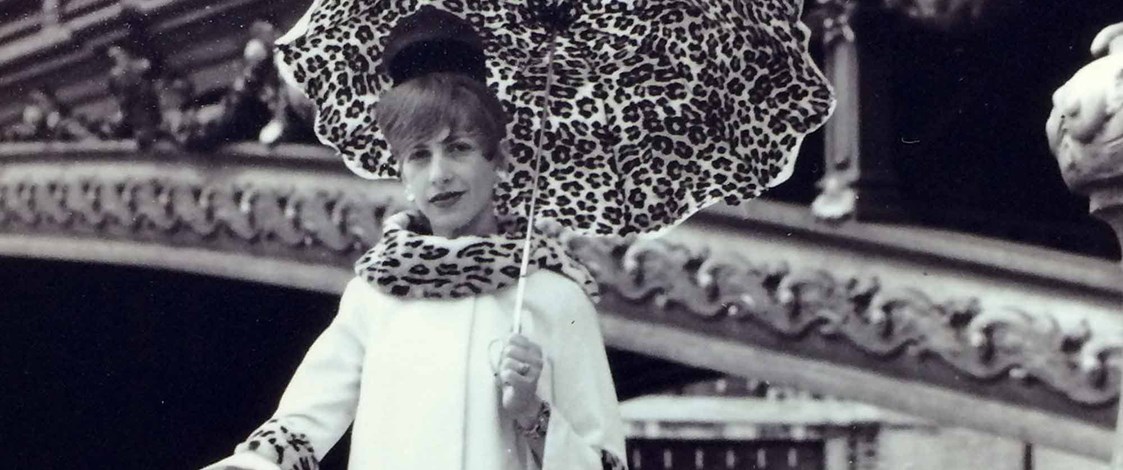
Vinka Lucas always said that the colourful and exuberant style that characterised her career in haute couture, was a reflection of her multicultural childhood.
She was born in the Croatian village of Kozica near the Adriatic coast – one of the Mediterranean’s most beautiful areas. Its proximity to Italy, Austria, Hungary, Romania, Albania and Greece meant that Vinka was exposed to a variety of cultural influences. She was skilled in the needlework and embroidery for which Croation women are famed, and later trained in cutting and design in the capital, Zagreb.
World War II took its toll on members of Vinka’s immediate family. She travelled to New Zealand to stay with family in Northland and learn English. Vinka hoped to eventually become part of the fashion landscape.
Her first job in New Zealand was in a general store at Maungatapere. She spoke very little English – serving customers by getting from the shelf whatever they pointed at. Vinka was young and vivacious, and would later tell the story of when a male customer came in and told her she was “a real honey”. She obligingly reached for a pot of honey and put it on the counter for him!
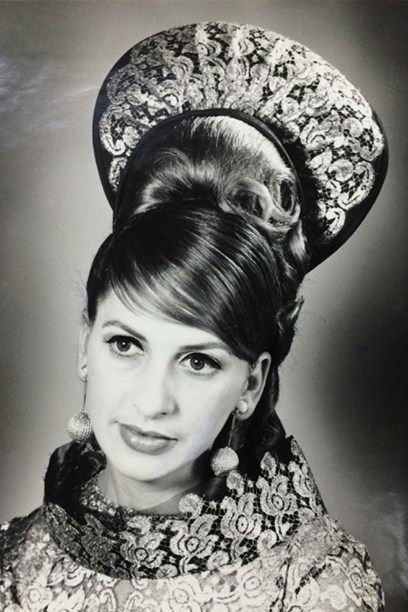
Vinka Lucas in the late 1960s. Image © Vinka Lucas.
Having contrived her own (very individual) style of English, Vinka moved to Auckland in 1955 to work in the fabric department of Price & Dempster. She met her husband David Lucas in the neighbouring manchester department. They married in 1959 and on their honeymoon in Hamilton they discovered a fashion/dressmaking business for sale. This became the original fashion-and-bridal store, Maree de Maru, a fanciful title which, she explained, meant 'Marriage of the Brides' in an anglicised version of her native Croatian.
In 1962 Vinka and David opened Maree de Maru in Customs Street in Auckland, quickly attracting a loyal clientele. However, they had their eye on the city's busiest street, Queen Street, moving there in 1966 with a series of spectacular promotions. They painted cars with the prominent slogan 'Maree de Maru – now married to Queen Street' and held a fashion show of 'Brides of Different Nations', which took place along the street’s busy footpaths.
Maree de Maru’s best advertisement was Vinka herself. Each day there was something of a minor event as Vinka would arrive, coming down Queen Street in festive array. She didn’t possess any garments in dull colours. Vinka recalled with enjoyment the vibrant Croatian celebrations of her girlhood and genuinely wanted her clients to relish the colourful impact she was able to provide.
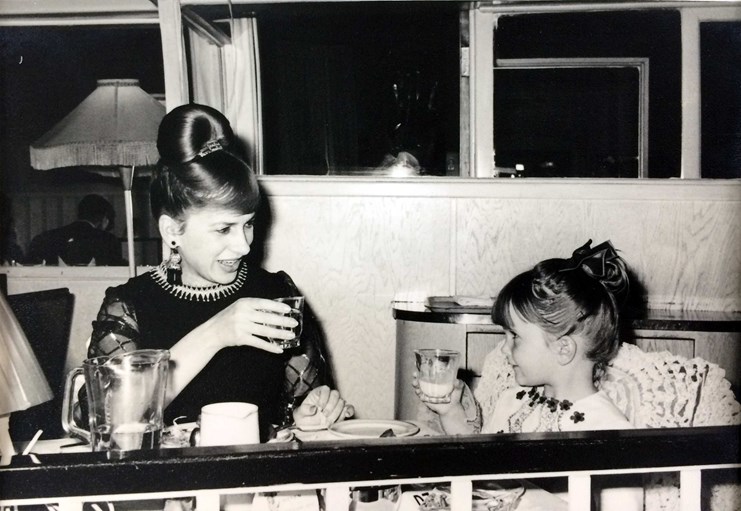
Vinka and her daughter Anita enjoying afternoon tea before going to see Peter Pan, circa 1969. Image © Vinka Lucas.
Maree de Maru quickly became a cynosure of attention. Focusing on evening and bridal wear, it somehow combined basically efficient design with a generous modicum of theatricality, which was somewhat less sedate than the 'look' to which Auckland had been accustomed.
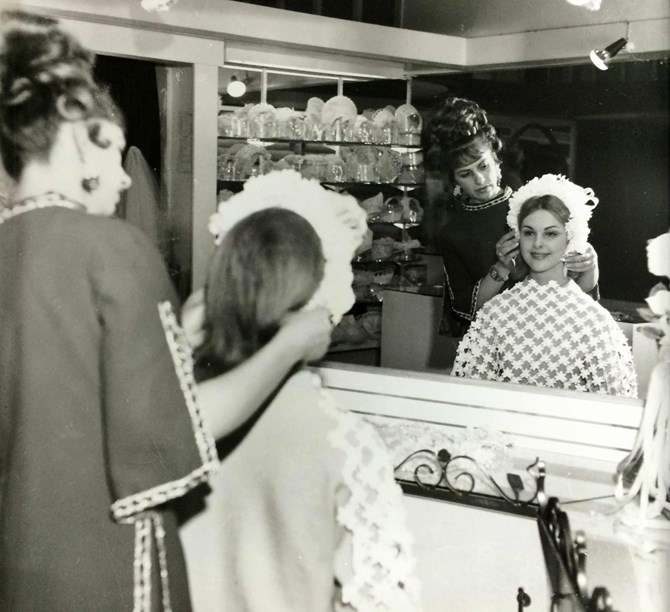
Vinka fitting a bride-to-be in her boutique in the 1970s. Image © Vinka Lucas.
In time the Maree de Maru shop became just one of Vinka’s enterprises. She opened four more shops specialising in the glamour end of fashion – Modern Bride, Buttons Galore, Stanton Silks and Vinka Lucas After 5.
New Zealand was a nation of home sewers in the early 1970s and Vinka and David catered for this market with their business United Bridal Salons. Brides-to-be could order a pattern and the fabric – this was especially appealing when unique fabric was so difficult to come by.
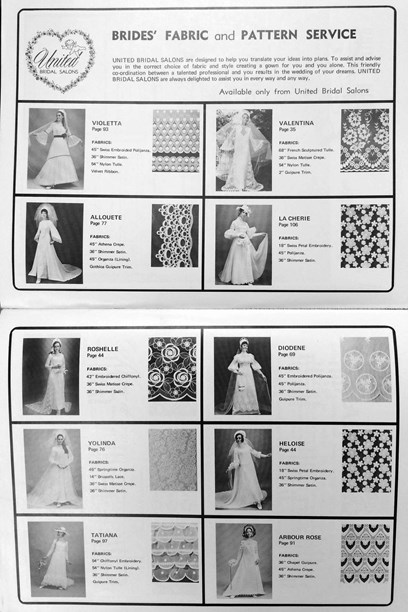
Pages from the United Bridal Salons catalogue. Image © Vinka Lucas.
Her Zagreb training showed when in the workroom. Experienced senior machinists held their breath as Vinka would fling extravagant fabric – up to $400 a metre – onto the cutting table, look at it, then go straight in with the scissors. She used no pattern, no pins and no chalk lines. Her workers said she never made a mistake, not once.
Invariably, any design of Vinka’s – streetwear, after-five or bridal – had its own "little hat". She always insisted, reasoning that it completed the design and carried the theme of the gown to the wearer’s most important part – the head. Another of her innovations was to establish the Bridal magazine which she and her husband ran for fifteen years.
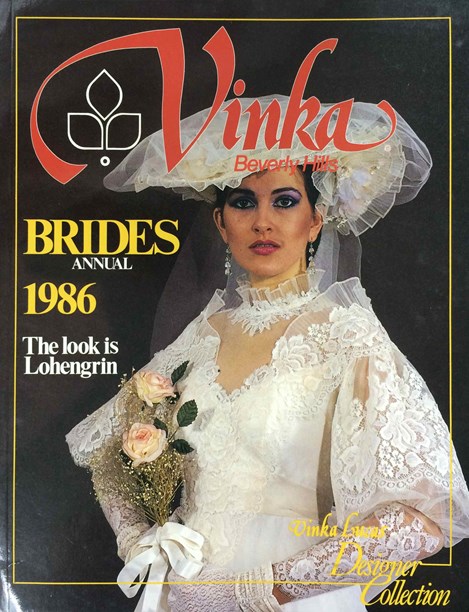
Vinka and David Lucas published Vinka Lucas Design Collection during the 1980s. Image © Vinka Lucas.
In 1980 Vinka Lucas became the first high fashion designer from 'the Antipodes' to show a collection in the London Fashion Olympics. In 1985 she had the winning entry in the international couturier completion organised by the Association of Voralberger Embroiders of Austria.
By then Vinka and her husband David were spreading their business wings from Auckland to the Arab states, where wealthy women were frequent buyers of luxury fashion. The debut of Vinka style to Arabia was a spectacular parade at the Regency Hotel in Bahrain. Then, in business with Sheikh Abbas Filamban, she opened a salon in Jeddah, Saudi Arabia.
Luxury fashion was a focus for the Arab aristocracy and petro-dollar millionaire society wives. Price was no object. Vinka imported chiffon from Paris, lace from Belgium, crystals and velvet from Vienna, silk and embroideries from Switzerland and gold thread from Florence. A Saudi woman in the top financial rank would not blink at a $10,000 gown, and it might be worn only once.
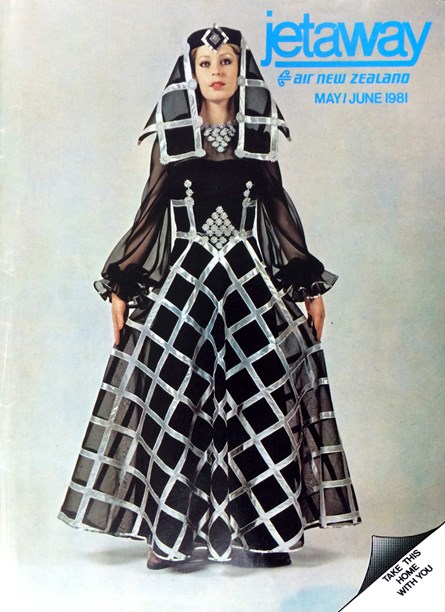
A Vinka Lucas design on the cover of Air New Zealand's Getaway magazine in May/June 1981. This garment is described as a "black tulip grown for an emperor".
Vinka had no trouble adjusting to the strict rules of Islamic law – women’s arms were completely covered and there was discreet veiling of the décolletage. At that time, strict rules in Saudi Arabia also meant there were no fashion magazines, garment pictures could not show a woman’s face and garments could only be displayed on a headless form. Vinka and David imported a large number of shop mannequins from Italy and had to cut off their heads. No men, including David, could be seen in the shop.
In 1986 Vinka and her husband formed a plan to open in Los Angeles, where her penchant for striking design and eye for costly fabrics seemed a natural match for the upmarket level of Beverly Hills society and Hollywood glamour. But at that time the restrictive requirements for foreigners to run a business, or even to live there as residents, proved insurmountable.
Undaunted, Vinka continued to design for her shops in Queen Street and Remuera until, in 2009, she suffered a major stroke. Typically, she was on her way to work.
Her daughter Anita, who learnt the trade alongside her mother, continues to run the high-end fabric and design business as Vinka Design & Vinka Brides. Vinka is unable to be involved in the business, but she continues to take an active interest.
Vinka Lucas’s assessment of her own worth was not modest, but nevertheless accurate. She once said: "The fashion world was my oyster – and I created the pearls."
She died in Auckland on 10 August 2020, aged 88 years; her funeral notice advised mourners, "Vinka's standard of dress mandatory".
Text by Max Cryer. Banner image of Vinka Lucas in Paris in the late 1960s. Image © Vinka Lucas.
Published December 2014. updated August 2020.